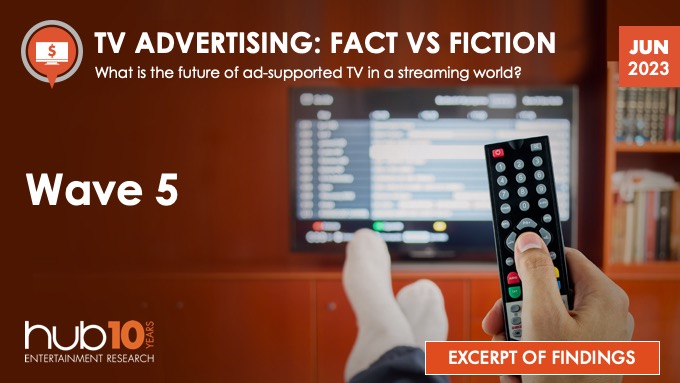Over the past few years, we have seen an increasing number of video providers start to offer ad-supported tiers within their menu of streaming options. What seemed to be unthinkable only a few years ago has become a reality with even Netflix and Disney+ adding lower cost ad-supported tiers to their offerings. These developments are a clear signal that providers believe subscriber growth will be contingent on giving budget-conscious consumers less costly options.
In past waves of this study, we have consistently observed such attitudes among consumers. A majority of viewers have indicated that they would choose an ad-supported version of a streaming service over one that is ad-free if they can save money on their monthly subscriptions. Not only that, services that have added a lower-cost ad-supported tier are now more attractive to a segment of non-subscribers.
The other constant is that viewers value content that they love over an ad-free experience. And the results also indicate that when properly integrated into the content, advertising can provide better value and even enhance the experience.
In this fifth wave of TV Advertising – Fact vs. Fiction, we will continue to track use, viewing behaviors, and perceptions of ad-supported TV. We’ll explore the interplay between advertising, cost, and content, and how they inform platform choice:
- What advertising formats and features offer the best experiences in the minds of consumers?
- How does advertising impact satisfaction and perceptions of value?
- What is the role of content when choosing between ad-supported and ad-free platforms? How does original and exclusive content inform consideration?
- What impact does tiered service have on platform choice, retention, and subscriber growth?
- For services that have added ad-supported options, what has been the rate of uptake? Have current subscribers downgraded to the less costly tier? What is their level of satisfaction?
In the end, the goal of the study is to help TV service and content providers offer an ad experience that will maximize viewer satisfaction, engagement, and loyalty.
Source: Interviews with 3,063 US TV Viewers age 14-74
